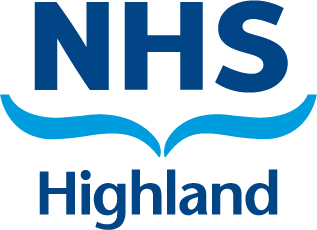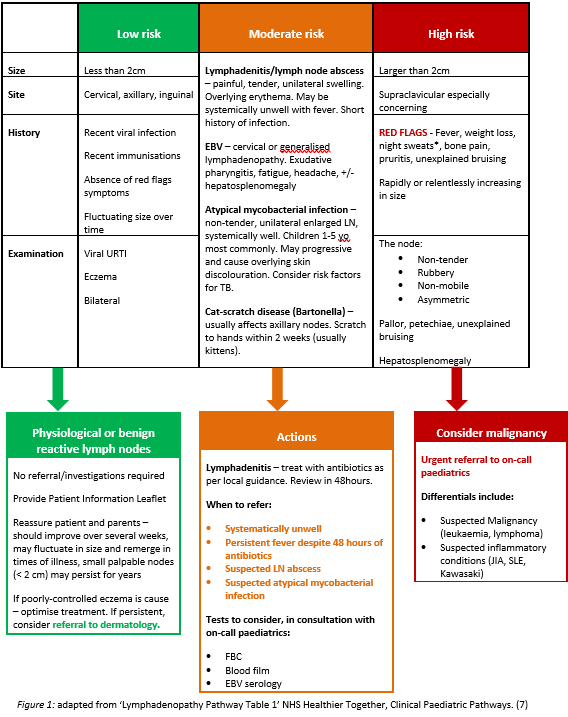Palpable cervical lymph nodes are a common clinical finding in children. Palpable nodes are often physiological or reactive from viral infections and often do not require further investigation or referral.
Lymphadenopathy refers to an abnormal lymph node(s). This may be an increase in the size or number of lymph nodes, or a change in node consistency. It is important to make a clear distinction between normal palpable nodes and lymphadenopathy, in order to avoid over-investigation and unwarranted parental concern (1).


